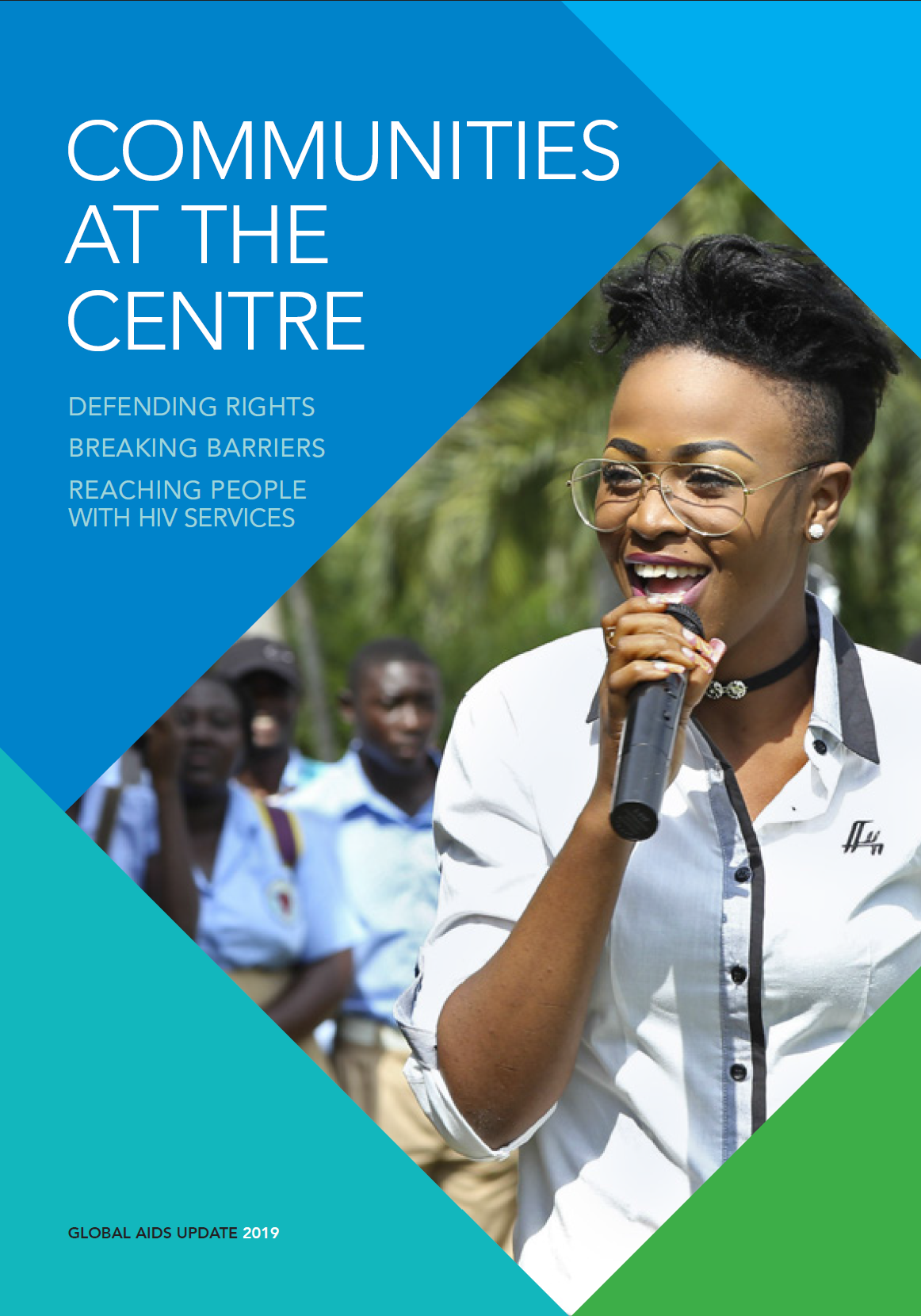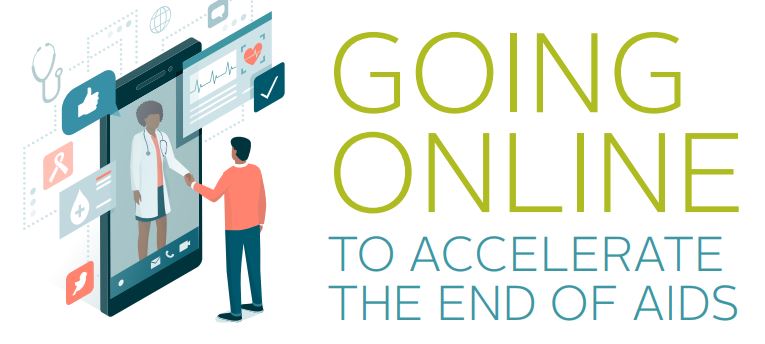Written by Ben Eveslage, Technical Advisor, LINKAGES
In anticipation of the 10th IAS Conference on HIV Science in Mexico City from July 21-24, the LINKAGES project is excited to launch A Vision for Going Online to Accelerate the Impact of HIV Programs (Going Online Vision). This vision offers HIV programs a roadmap for leveraging online and mobile platforms to reach and engage key populations and other populations at risk for HIV, with specific examples of how HIV programs can modernize and refresh existing approaches for the digital generation, including young key populations.

Figure 1: Going Online to Accelerate the Impact of HIV Programs
To date, the Going Online Vision (Figure 1) has been incorporated into LINKAGES’ HIV programming in 20 countries to expand outreach to previously unreached populations, better meet client preferences for anonymity and self-guided access to services, and improve targeting of HIV testing. Examples include the path-breaking approaches of Yes4Me, developed by LINKAGES India and featured in the Lancet HIV, and UpdateStatus developed by LINKAGES Indonesia. Both Yes4Me and UpdateStatus offer client-facing websites for HIV outreach and appointment booking that are among the first of their kind. The vision has also been used by local community-based organizations to provide virtual support to beneficiaries who want to better understand their sexual health needs and where to access services, as demonstrated by LINKAGES-supported partners in Jamaica, iFLEX and Tabs Project.
HIV programmers can use the Going Online Vision to consider a four-part framework and set of activities that help HIV programs go online. The framework includes activities to: (1) learn about target audiences and plan an online HIV approach; (2) conduct online outreach and link clients to HIV services; (3) provide routine support to clients for ongoing engagement in prevention, care, and treatment; and (4) apply indicators and monitoring approaches for assessing and improving online HIV approaches overtime.

Figure 2: UNAIDS (2019). Communities at the Centre: Global AIDS Update
Several key approaches for online HIV programs outlined in the vision are also detailed in separate technical briefs recently published by LINKAGES:
- Social media mapping – For planning online outreach and service delivery
- Quick online surveys – For HIV programs reaching at-risk populations online
- Social influencer outreach – For HIV programs reaching at-risk populations online
- Social network outreach – For HIV programs reaching at-risk populations online
- LINK – Electronic client feedback systems for HIV programs
UNAIDS prominently features LINKAGES’ Going Online framework in the 2019 Global AIDS Update, “Communities at the Centre” (page 39-45). The report (Figure 2) includes activity examples from Indonesia and Jamaica and features community voices leading these online approaches.

Figure 2: IAS 2019 satellite session “Going Online to accelerate the end of AIDS”
During IAS 2019, LINKAGES will join WHO, Global Fund, UNAIDS, and MPact to co-host a satellite session called “Going Online to Accelerate the End of AIDS.” The satellite will provide a space to explore, debate, and learn about the cutting-edge ways in which online platforms are being used for surveillance and data generation for program planning and HIV outreach and service delivery. See the official satellite flyer (Figure 3) and satellite details in the conference program.
LINKAGES’ Going Online Vision and portfolio of activities is supported by USAID and PEPFAR. Several community, technology, and creative partners from around the globe contributed their guidance and support for the development of the Going Online Vision.
For more information, see all LINKAGES Going Online materials at fhi360.org/goingonline and email goingonline@fhi360.org.

